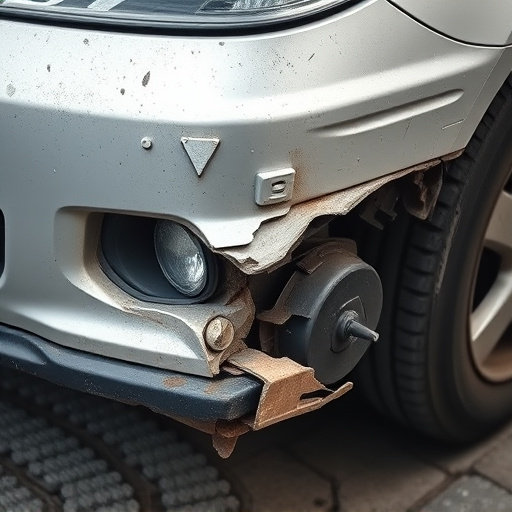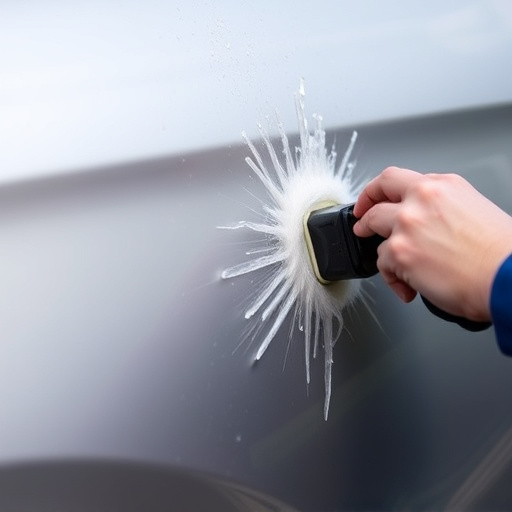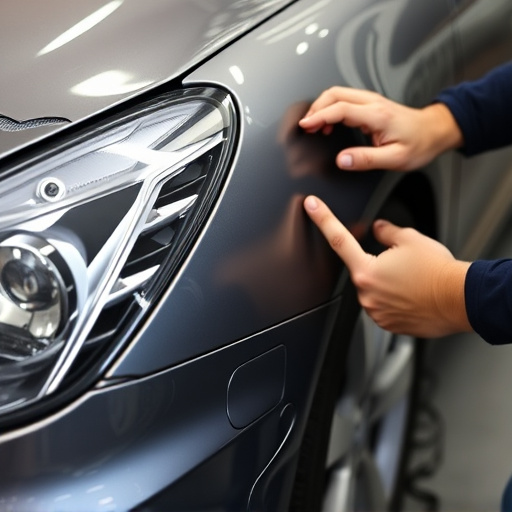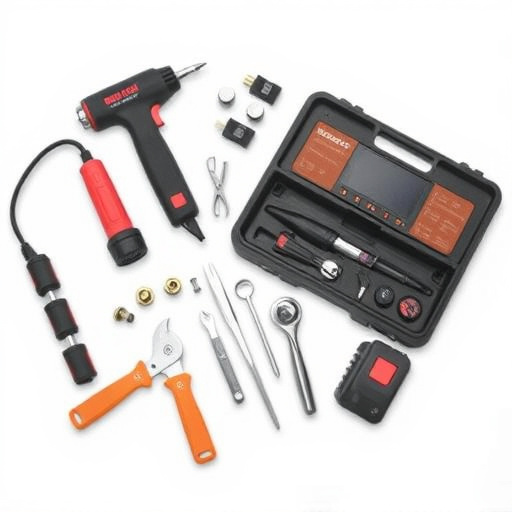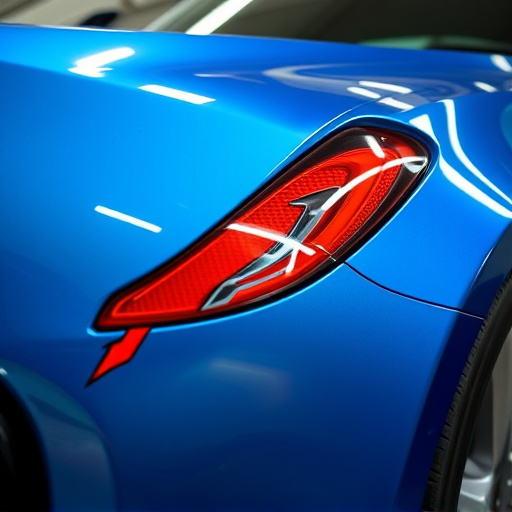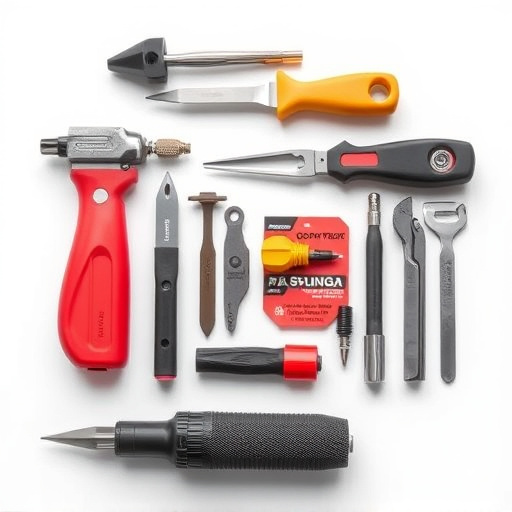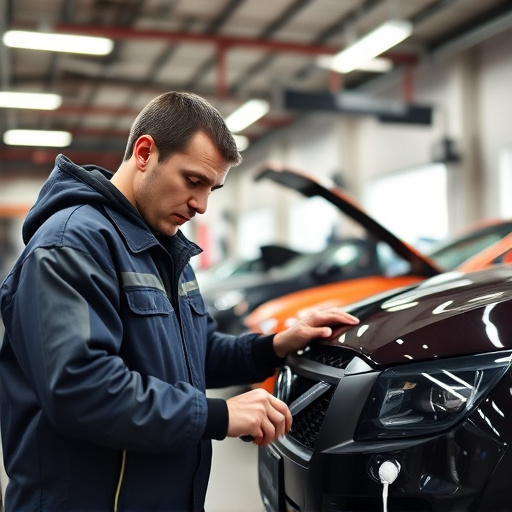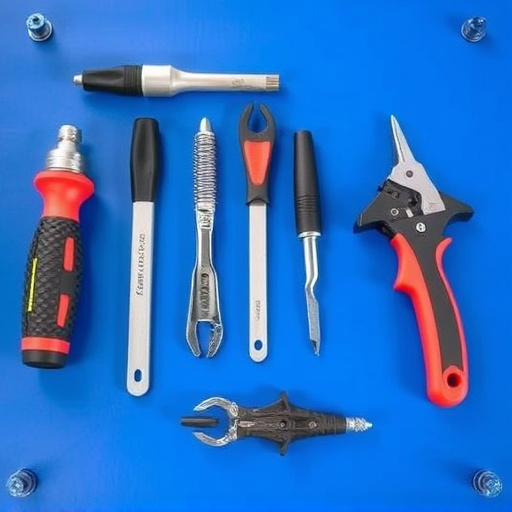Undercarriage inspection repair is vital for vehicle safety and longevity. Regular checks identify issues like rust, cracks, and debris damage that could affect stability. Common problems include chassis damage, corrosion, exhaust system leaks, and wear on suspension systems. Early detection through thorough inspections prevents costly breakdowns and ensures compliance with safety standards. Implementing a structured program with prompt issue resolution and record-keeping enhances undercarriage maintenance for safer vehicles.
Undercarriage inspection and repair are vital components of safety compliance for all vehicle types. Regular undercarriage assessments can reveal critical issues, preventing catastrophic failures and ensuring the safety of drivers and passengers. This article delves into the significance of undercarriage maintenance, exploring common problems detected during inspections and best practices to establish robust programs. By understanding these key aspects, fleet managers can enhance their safety records through proactive undercarriage inspection repair strategies.
- Understanding Undercarriage Inspection Repair Importance
- Common Issues Found During Undercarriage Inspections
- Best Practices for Effective Undercarriage Maintenance Programs
Understanding Undercarriage Inspection Repair Importance
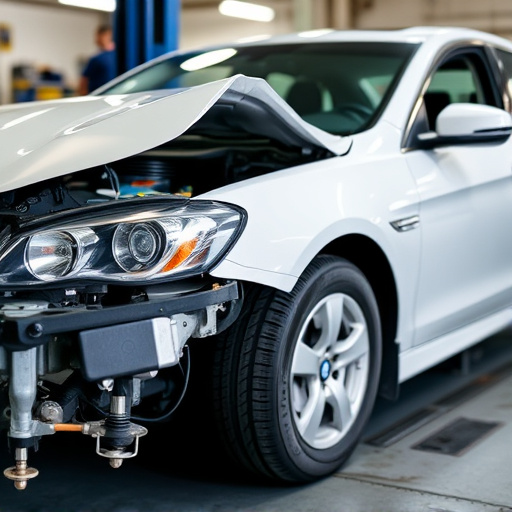
Undercarriage inspection repair plays a pivotal role in ensuring safety compliance for vehicles. This critical maintenance process involves meticulous examination and addressing any issues with the undercarriage, which is often overlooked but crucial for overall vehicle integrity. A thorough checkup can uncover potential problems like rust, cracks, or damage from road debris that could compromise the structural stability of a vehicle.
Regular undercarriage inspection repair not only enhances safety but also prevents costly repairs related to car damage repair, such as extensive metalwork or even vehicle dent repair. By identifying and rectifying issues early on, drivers can avoid unexpected breakdowns and ensure their vehicles meet stringent safety standards. This proactive approach is particularly essential for navigating harsh weather conditions and rough road surfaces that contribute to accelerated undercarriage deterioration, underscoring the significance of undercarriage inspection repair in maintaining a safe driving experience.
Common Issues Found During Undercarriage Inspections
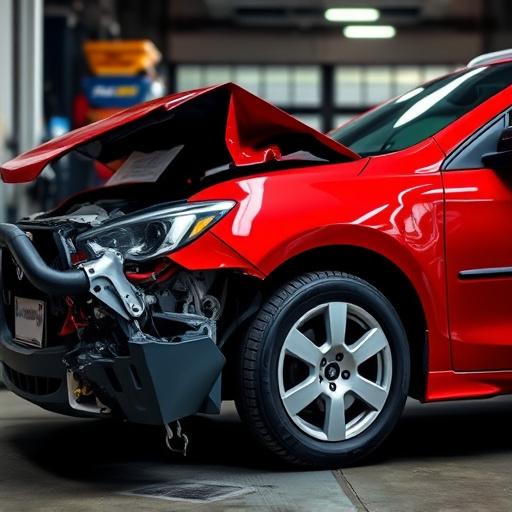
During undercarriage inspections, a range of common issues are typically identified across various vehicle types and ages. One of the primary concerns is damage to the underbody components, including holes, cracks, or rust in the chassis, frame, and body panels. These vulnerabilities can be attributed to age, environmental factors like road salt and exposure to water, as well as accidental impacts or previous repair mishaps. Corrosion is another significant issue, often exacerbated by moisture ingress, which can compromise structural integrity and lead to more severe safety hazards.
Moreover, inspections frequently uncover problems with exhaust systems, such as leaks, loose connections, or damaged mufflers. Exhaust components play a critical role in vehicle performance and emissions control, so timely repairs are essential. Other issues may include worn or damaged suspension parts, like shock absorbers and struts, which can affect steering precision and ride quality. Effective undercarriage inspection repair addresses these problems, ensuring the structural integrity of vehicles and enhancing safety compliance through comprehensive automotive body work and auto repair services.
Best Practices for Effective Undercarriage Maintenance Programs
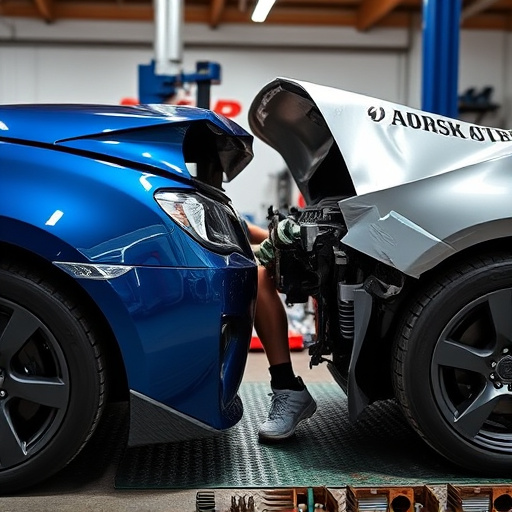
Implementing a robust undercarriage inspection repair program is paramount for maintaining safety standards and ensuring vehicle longevity. Best practices involve integrating regular, comprehensive checks into routine maintenance schedules. These inspections should meticulously examine every component beneath the vehicle’s chassis, including suspension systems, exhaust pipes, and fuel lines, for any signs of damage, corrosion, or wear. Early detection of issues through undercarriage inspection repair can prevent catastrophic failures.
Effective programs also emphasize timely addressing of identified problems. This includes prompt dent removal, especially from hard-to-reach areas, to maintain structural integrity. Utilizing advanced diagnostic tools and employing well-trained technicians in vehicle repair services facilitates precise identification and efficient execution of undercarriage repairs. Moreover, maintaining detailed records of inspections and repairs enables tracking of potential recurring issues, fostering continuous improvement in undercarriage maintenance protocols.
Undercarriage inspection repair plays a pivotal role in maintaining safety compliance, addressing common issues identified during inspections, and implementing best practices. By prioritizing regular undercarriage maintenance programs, fleet operators can enhance vehicle longevity, reduce costly breakdowns, and ensure the safety of their drivers and other road users. Effective undercarriage care is not just about adherence to regulations; it’s a strategic investment in operational efficiency and risk mitigation.
